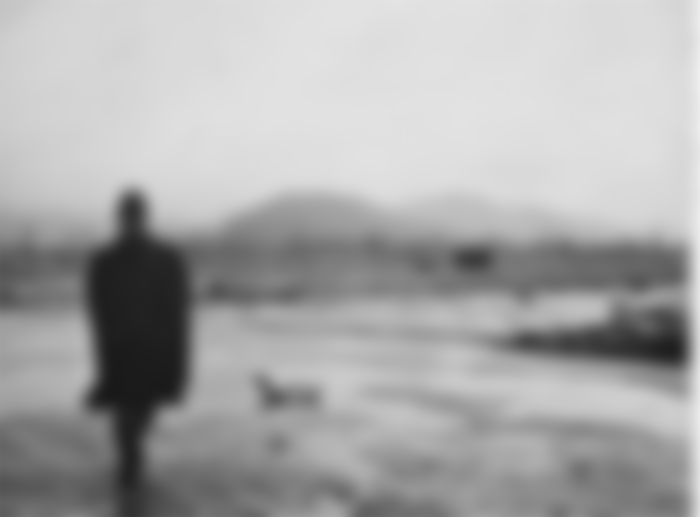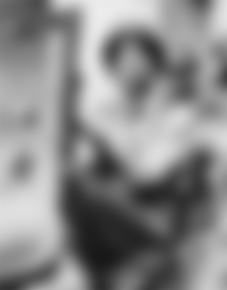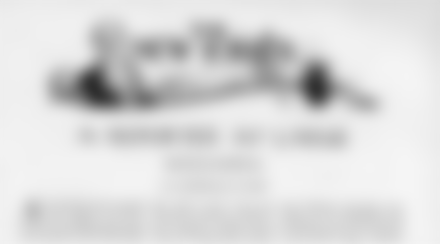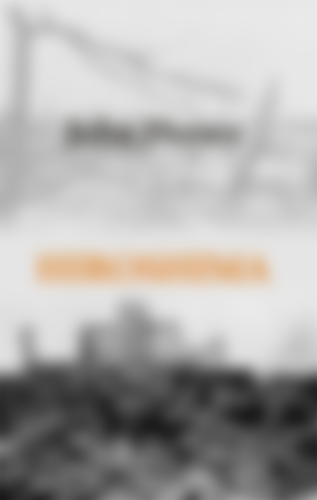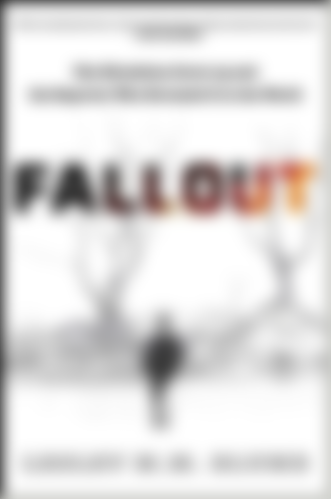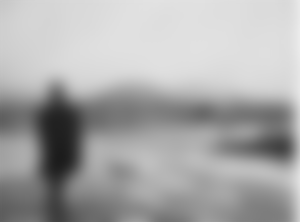
August 8, 1945. The time on the clock is 8.15 am. The United States has dropped a 10,000-pound uranium-rich bomb on the Japanese city of Hiroshima. Radioactivity of uranium destroyed almost the entire city in an instant. About 260,000 people in Japan died instantly. Just three days later, another powerful U.S. bomb struck the city of Nagasaki, 250 miles from Hiroshima.
Seeing the destruction of two consecutive nuclear bombs, Japan surrendered unconditionally. Those who die instantly are actually dead and alive. Those who survived suffered hellishly until the moment before death; He lived the rest of his life witnessing horror and cruelty. This marked the abrupt end of World War II.
The American poet and journalist John Richard Harsey has become famous for exposing the extent to which the US narrative surrounding this one of the most barbaric and demonic bombings in history is full of lies . He spent his childhood in China. He lived in China with his parents until he was 10 years old. There his father worked as secretary of the Young Men's Christian Association (YMCA). Horse's mother was a missionary. Harse graduated from Yale University in 1936. From 1937 to 1948, he worked as a correspondent for Time and Life magazine in various parts of East Asia, Italy and the Soviet Union. His novel A Bell for Adano (1944) won a Pulitzer Prize in the aftermath of World War II.
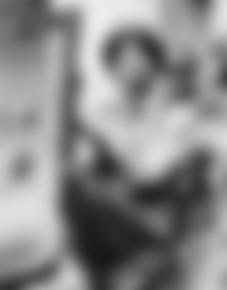
The incident came months after the Hiroshima-Nagasaki eruption. Horsey was then a New Yorker writer; One afternoon he went to have lunch with his editor William Shawn. William Shawn is a legendary journalist who worked for New Yorker Magazine for 35 years from 1952 to 1965. Little did the two of them know that the conversation at noon was the beginning of an investigative story that changed history. They both deal with their confidence as they choose to embark on their play activities. The pictures or testimonies that come from the official statement only show the dusty gray environment, destroyed buildings, treeless surroundings etc.
Surprisingly no pictures of people came up there. The horrible consequences of radioactivity are clearly suppressed. The U.S. government has reserved access to the site of the Hiroshima-Nagasaki bombing and instructed all media outlets to refrain from conducting any investigative and investigative reports . When the international and Japanese media began to spread the news of one death after another, the US government fell into disarray. They called it all anti-government propaganda, and a general in the military called it "extremely peaceful" to die of congestion in Congress. Seeing this situation, Harsey and Shawn decided to reveal the real truth.
Horsey was then a 32-year-old Pulitzer Prize-winning journalist. He went to Japan on the advice of his Dundee editor Sean and spent two weeks in a row preparing the report. He submitted an article of 30,000 words, which was published in New Yorker in 1947. The project was such a passionate place for Shawn and Horse, both of them, that only the report of this giant corpse was printed in a whole number of New Yorkers at the time . The result is a positive change in the magazine's ideology to countless New Yorker readers around the world, as well as a worldwide outcry. The report was later published in book form as Hiroshima.

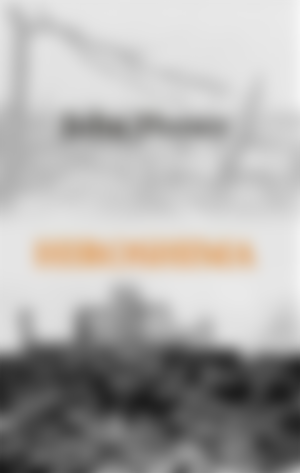
Horse's 'Hiroshima', inspired by Sean, is especially famous for two reasons. First, Horsey wrote novels as well as journalism. Hiroshima applied several of the literary styles that writers follow when writing fiction. That is, to use the material of literature in investigative journalism. It was not very popular at that time. As a result, readers found a book in an almost entirely new form, with a mix of journalism and literature in the genre.
The second reason is that Horsey wrote the report after seeing the situation in Japan after the explosion. The direct experience of the infernal massacre carried out by the United States government gave Love Horse's work an incredible amount of credibility and outstanding acceptance.
The report was later published on radio, television and various other newspapers. Even after it came out in book form, it gained skyrocketing popularity. Numerous readers around the world receive the book with due respect. The book ranks among the top 100 works of journalism in the twentieth century, judging by various well-known journalists and critics. Incidentally, in third place was the Washington Post report behind the resignation of President Richard M. Nixon.
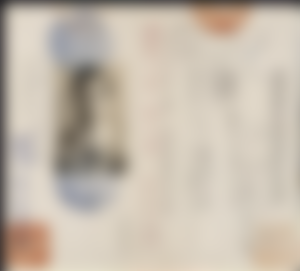
The relationship between fiction and non-fiction is the same as the relationship between architecture and art. Fiction is theoretical, and non-fiction is practical. Just as no structure collapses in architectural and architectural skill, so too non-fiction must be believable, worldly. The Hiroshima report is not literally fiction , yet it is written in the style of fiction. Certain characters, their pain, dialogue, shortness of breath; Hiroshima is a realistic example of how almost all elements of fiction can influence narrative journalism.
To prepare the report, Harse had to interview many eyewitnesses, most of whom did not appear in the original report. Horse's goal was to have only a handful of characters, but so that they could play a stronger role in the upcoming episode. The post-war crisis of a limited number of characters is also a very fundamental aspect of Hiroshima. Needless to say, it was through Horse's work that new horizons were opened in the world of journalism.
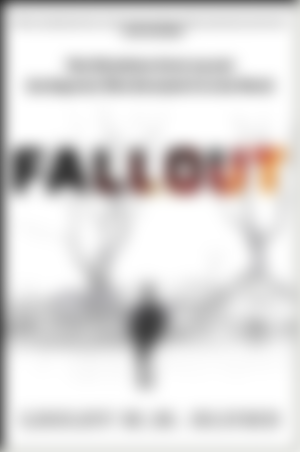

Horse has always been a recluse. A few days before the publication of 'Hiroshima' in the New Yorker, he went completely out of public view. He was determined to attract the attention of the whole world, but he wanted to stay behind the scenes forever. Out of a kind of distaste for personal popularity, he forbade everyone to write his biography. However, it was not possible to keep his request .
This is about the John Hersey, the reporter who revealed the lies of the USA about destroying Japan.
All the references are hyperlinked within the article.
Featured Image: archives.gov
